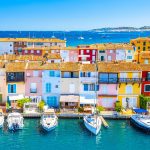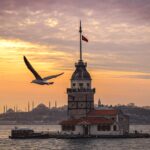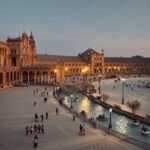By Juan de la Cruz Gutiérrez
[email protected]
Translation: Kendal Bloomfield
Photographs: Official Tourism Portal of Cáceres and David Díaz Pérez.
The Light of Cáceres, Fascinating Medieval City
The traveler is filled with wonder as he steps through the Medieval city of Cáceres—such a vast, intense city, always at his side. The eternal lights of Cáceres transfix you as they spill over the calm dawn. Peace descends as our steps transcend into the afternoon, tiptoeing into the nights of contemplative admiration. Cáceres gentles the soul, and its sublime image is filled with magnificence.
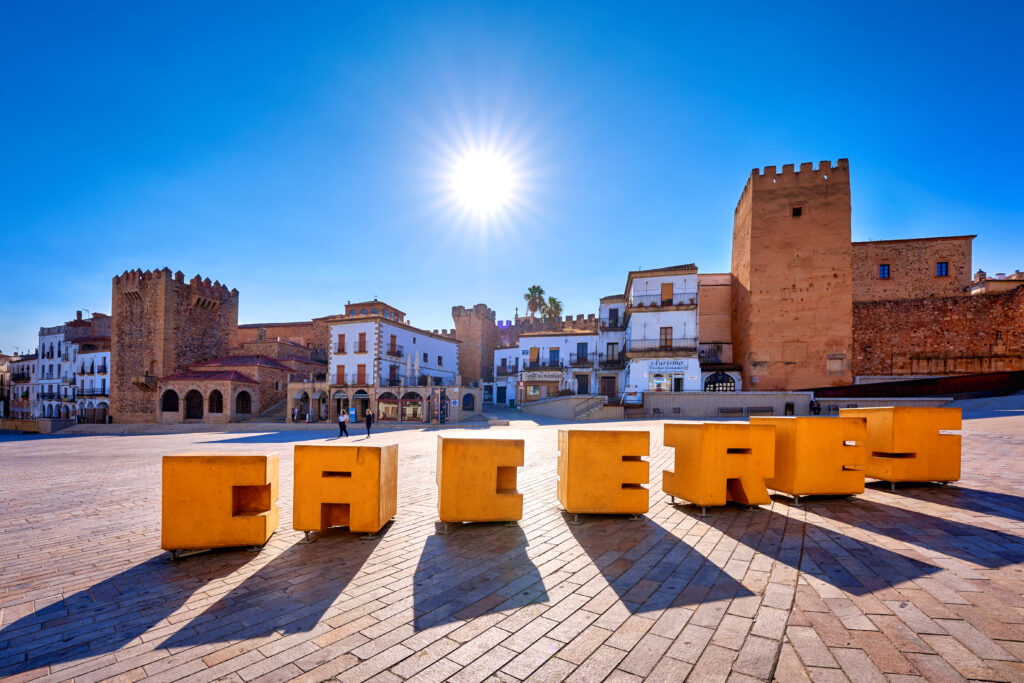
Cáceres so capture the traveler that he embraces the spring shadow. A rainbow beam with shades of yellow, blue, orange, purple, red, and grey oscillates with the beat that seeks and becomes life as the source of the radiance of Cáceres. The fascinating light reaches every corner and furrow of the area. The majesty and splendor of this beautiful city bewitches him, who ventures towards Cáceres.
While wandering through this historic moonlit city, he will understand the magic of Cáceres and cannot help but imagine recreating its luxury and perfection.
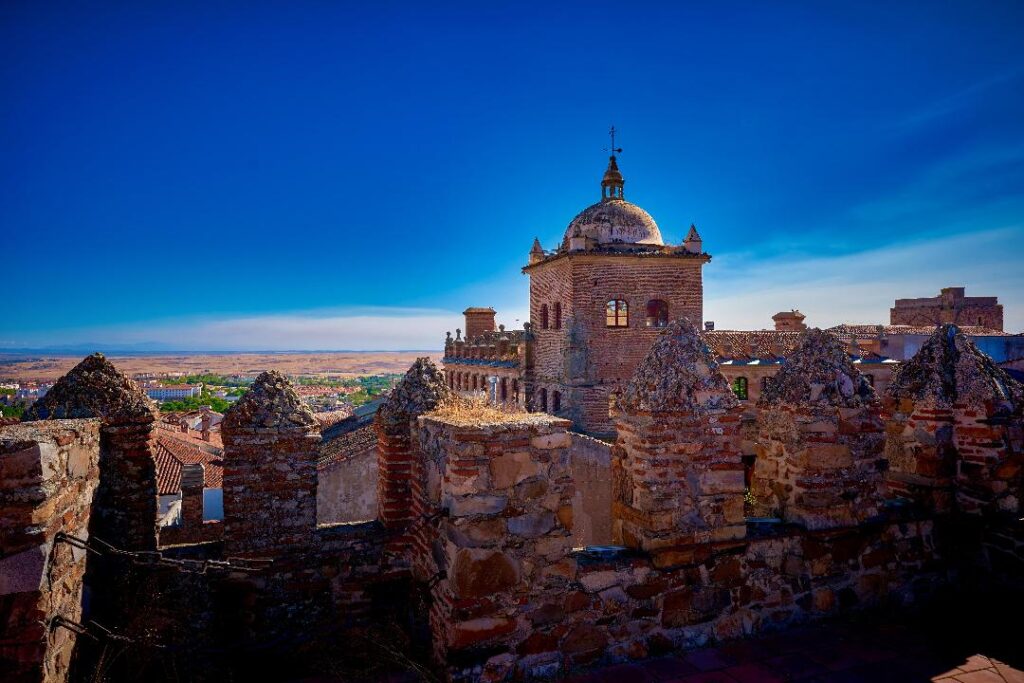
Walk then, holding back your feelings in the grandeur of the Medieval city. Such light over the Arabian wall, the ‘Adarve de la Estrella,’ the ‘Plaza de Santa María,’ the ‘Casa Mudéjar,’ the ‘Cuesta de la Compañía,’ the ‘Aljibe,’ the ‘Palacio de las Veletas’ over the ‘Alcazaba almohade,’ the ‘ Puerta del Postigo,’ the defense towers with Christian and Arabian history, the ‘Arco del Cristo’ that oozes the flavor along the Roman wall, the ‘Foro de los Balbos’ where the gates were lifted in times of ‘La vieja Norba Caesarina,’ the ‘Hospital de los Caballeros,’ the ‘Balcón de los Fueros,’ the ‘Iglesia de San Mateo,’ the mosque where the bells scare off the fast flights of kestrel and swifts, a parade of stately homes from Cáceres, the ‘Judería’ with houses along narrow sephardic alleys and the neighborhood of ‘San Antonio de la Quebrada’ with a chapel over the synagogue where a dazzling light reverberates through the whitewashed homes. Streets with names like ‘Amargura, de la Gloria, del Mono, Callejón del Gallo, la Calleja del Moral, Rincón de la Monja’, wide squares, narrow alleys some hand cobbled by the Moors of Morería…

Between delicately carved, plateresque facades, Gothic, Renaissance, lintel doorways with padded ashlars, bell gables, machicolations, burlap, shields and heraldic coats of arms belonging to noble families, battlements, barbicans, loopholes, corner balconies, gargoyles, pointed windows and lanterns whose illumination casts a yellow glow over these majestic buildings, namely, ‘La Casa de los Golfines. Stoney legends in Latin embellish the walls of this ancient building: “Vanitas vanitatum et omnia vanitas” (1), “Ae erna memoriam iustorum” (2), “Ave María,” niches similar to those in the Puerta del Río ‘ with herrerian patios, Mudejar, Renaissance, Tuscan, Cor and arcaded cloisters…
One falls in love with Caceres’s light, like a sacred stamp of life encapsulating everything. It is open to everyone, infinite, diverse, dappled, and always as beautiful as the skies and landscapes we see in dreams.
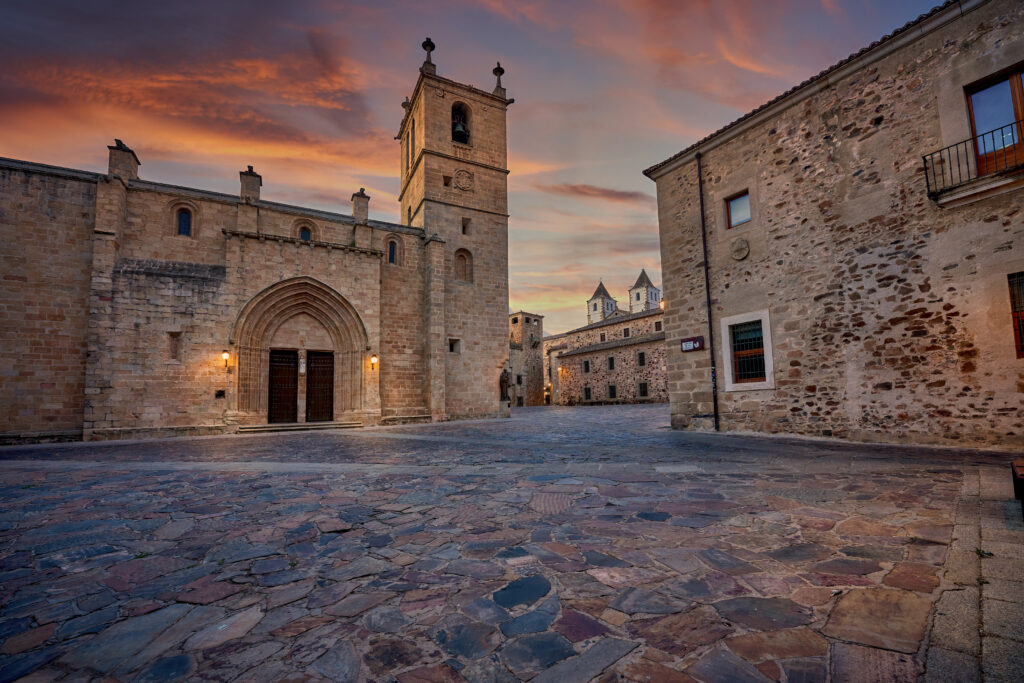
He fills with the flavor and glow of Cáceres, stretching to the limits of that beam of light, with a multitude of shades projected on its ancient walls, balconies, gates, and twisted streets. Here, he sits in one of many small squares typical of Cáceres, colored gold by the intense burning sun. The granite is too hot to touch on these summer afternoons.
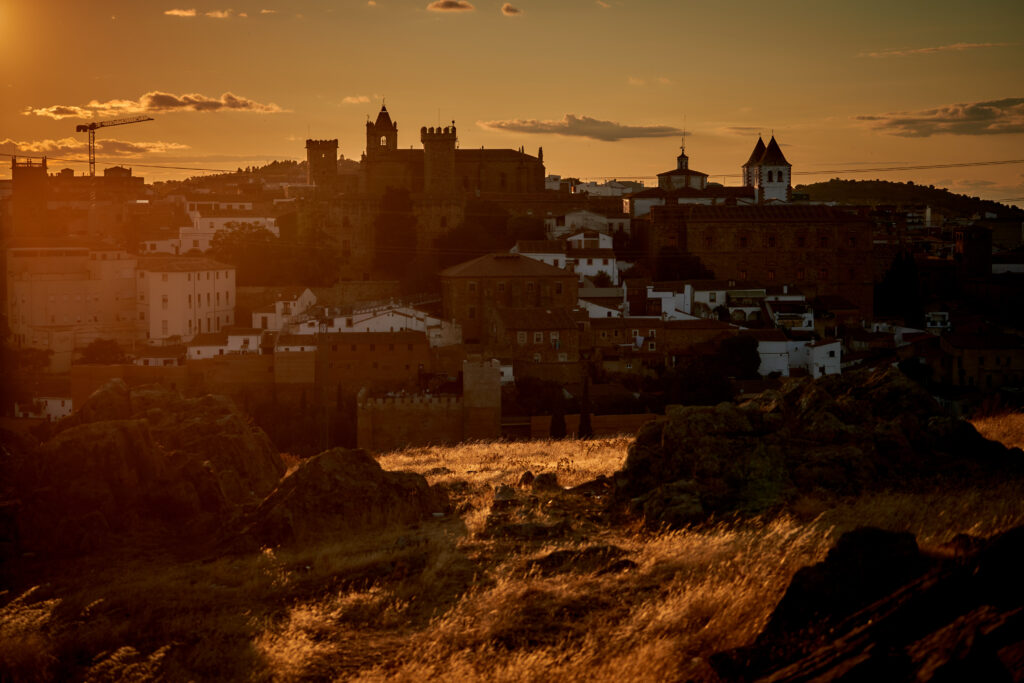
A reflection of images that repeats itself repeatedly with this heartbeat searching for the light of Cáceres. Rising passions surrounded by the historic city walls consume his spirit as he gazes upon the lights of Cáceres. He who walks and stops still in the presence of that apparent beauty that seizes his heart clings to the light of Cáceres and exults his soul. Under the beam where Cáceres sits, his eyes agleam with the luminescence permeating the city.
Cáceres is light! It is genuine and unique to Cáceres. It is more alluring than any city, expanding to the root of that light. It is beautifully illuminated by its Medieval spell.
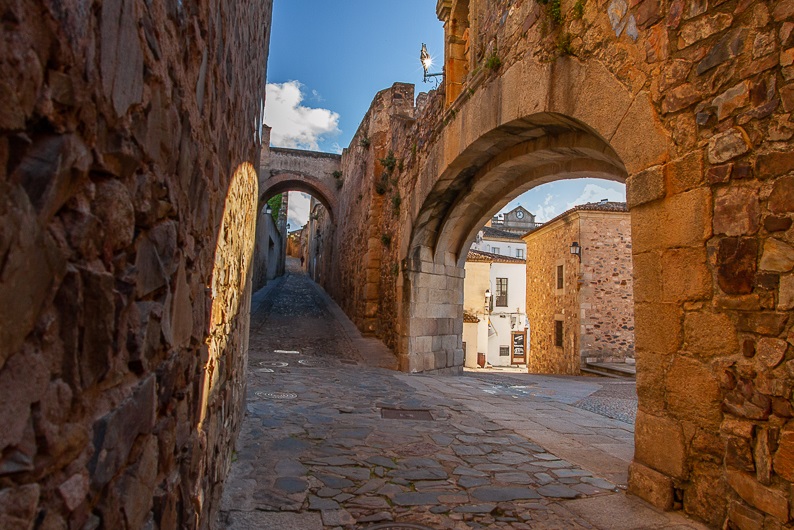
With a wealth that always impresses. Yesterday, in the channels of history and its legacy amongst Jewish, Moorish, and Christian roots. Today, meandering through Cáceres, winding along its alleys and squares towards the essence of Cáceres, this walled enclosure is a suburb of splendor. Like a sky of infinite lights, tomorrow is always in Cáceres, the sacred rite and rhythm of its perpetual glow.
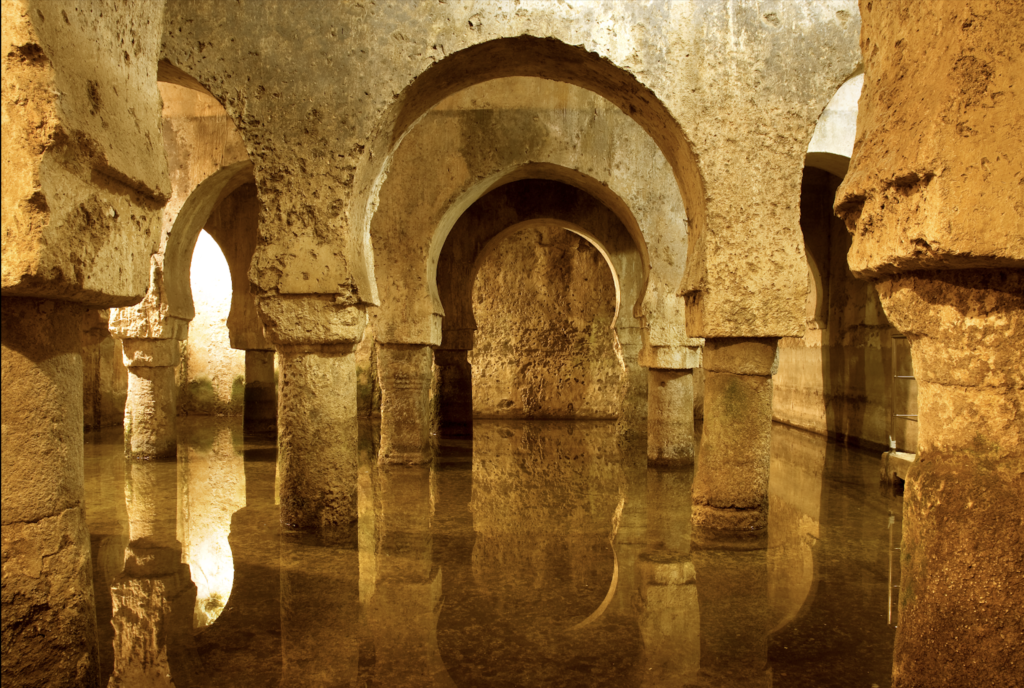
If you allow me, traveler, not a single inch of Cáceres should be missed, every corner of the city, every segment of its light, each stone of the walls surrounding this enchanting place. Cáceres is listed as the third European monumental historical setting. Be born again in this absorbing street map and take advantage of the immensity of the light. Listen to the concert of silence and enchantment, penetrating from these vast stones, and place yourself in the city, a meeting point between the Middle Ages and the Renaissance.

One Falls in love with Cáceres’ light like a sacred stamp of life, spilling over the open streets and squares. In the depths of my heart, that eternal light is infinite, diverse, mottled, and always as beautiful as the fields, the horizons, the skies, and the holy landscapes. Every one of the thousands of rays converge and zigzag every second under the multi-colored prism of beauty and mystery—the fascination for all the painted silhouettes of Cáceres forever with that shining light.
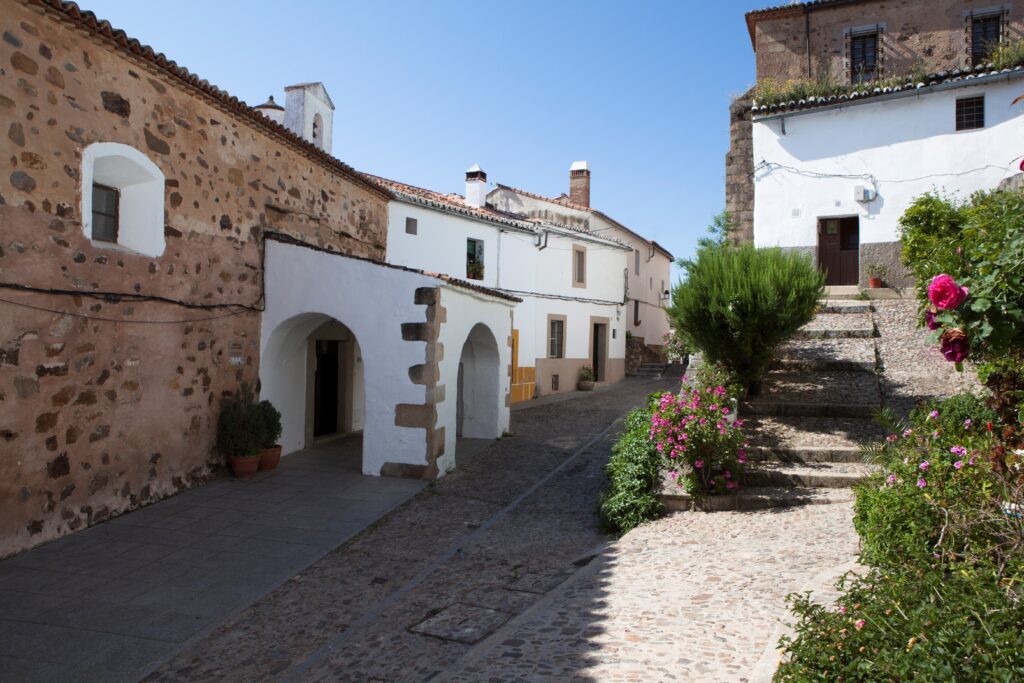
Such a special glow within and over the city! Cáceres is burned into the soul and engraved on the heart of its people—a magnetic light for all who visit, like moths to a flame.
That unforgettable light always consumes the traveler within those sacred walls of the Medieval city of Cáceres.

Cáceres, Today
Cáceres, over two thousand years old, has been a World Heritage Site by UNESCO since 1986 and is the Third Monumental Complex in Europe. It is considered one of the most beautiful medieval urban complexes in the world, with a broad sample of palaces, churches, walkways, squares, alleys, noble houses, convents, defensive towers, viewpoints hermitages, opening, from the light to the colorful to tourism, to the most surprising fascination.
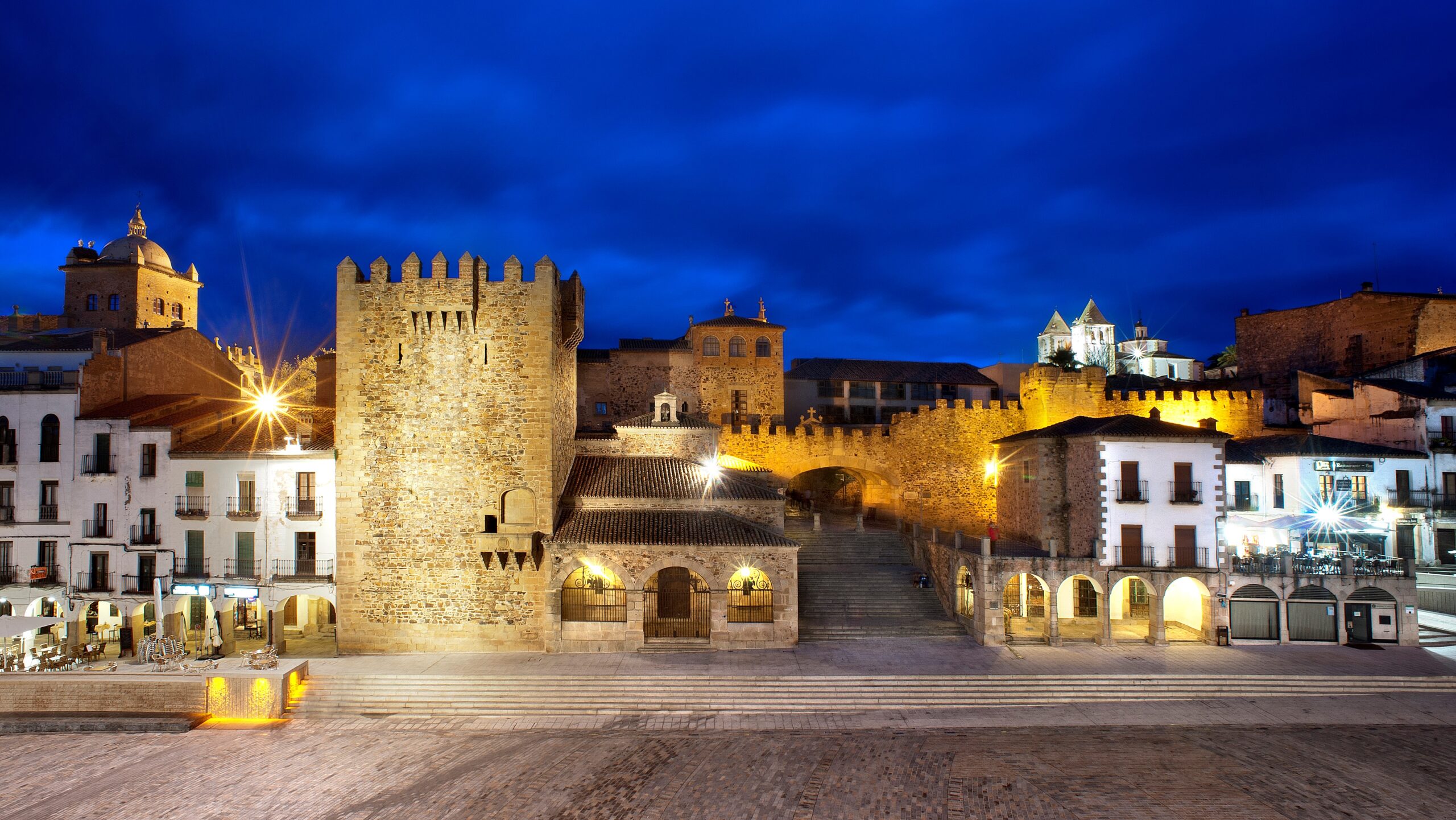
Founded by Cayo Norbano Flaco under the name of Norba Caesarina after the passage of the Visigoths, it was conquered from the Muslims by King Alfonso IX in 1229. A comprehensive sequence of arguments and prints, as it is framed in the pages of the history of Cáceres.
Today, the city has 96,467 inhabitants and has a university campus, the Official School of Languages, the School of Fine Arts, and the Professional Conservatory of Music.
Cáceres is also part of the Caminos de Sefarad Networks along the Vía de la Plata, which passes through Cáceres on its route along the Roman road between Gijón and Seville.
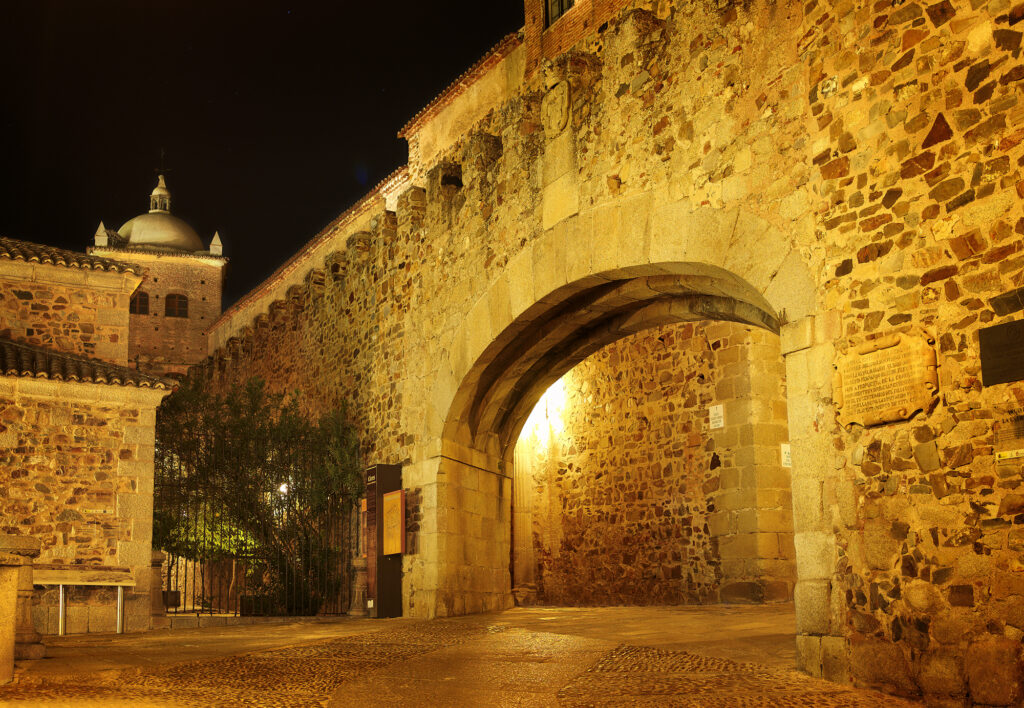
Tourism, based on the spell of its Historic-Artistic-Monumental City, represents one of the principal axes of the economy. The reason why the city offers a vast and modern network of hotels, restaurants with typical local dishes, migas, changing, caldereta, and lamb stew, as well as establishments selling typical products, such as the famous hams, sausages, and potato chips. , products derived from the Iberian pig, cheeses, such as Torta del Casar, artisan pastry sweets among which perrunillas, mantecados, pestiños and good broths, both red and white, stand out.

It should be noted that the Holy Week of Cáceres, of International Tourist Interest, proclaims, with a beautiful and extraordinary sensitivity, in its imagery, such as the cases of Jesus Nazareno and the Black Christ from the mid-fourteenth century and others, in the depth of its processional parades and routes, mainly those that run through the historical-monumental scene of Cáceres, full of deep fervor, devotion, and beauty.
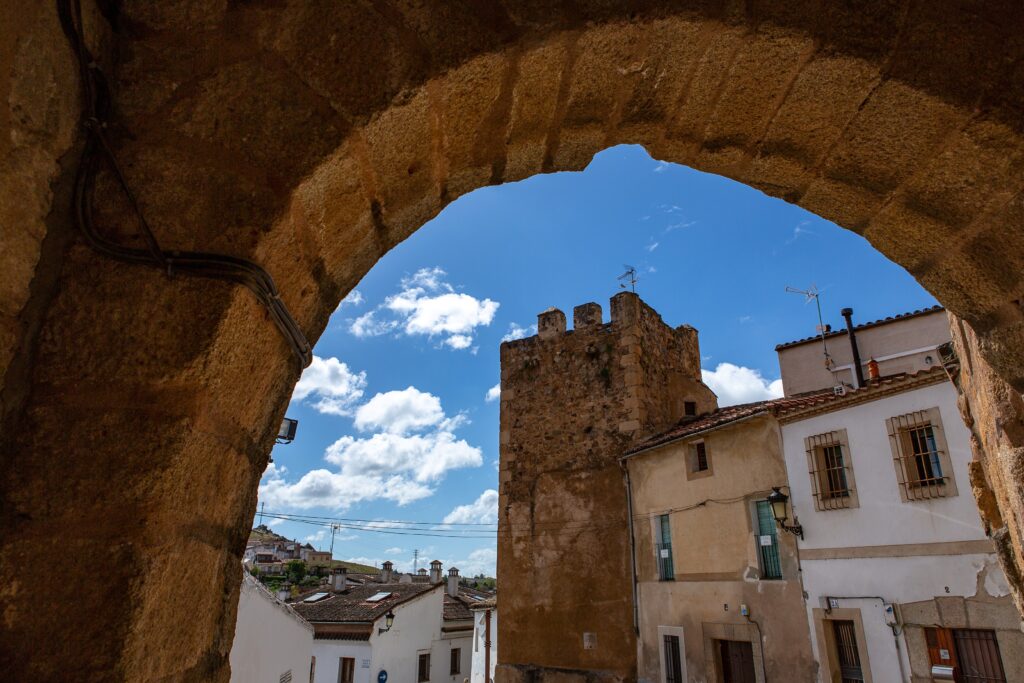
Among the main events that took place in Cáceres, the Spanish Capital of Gastronomy, in 2015, we can point out the annual celebration of the Womad Festival, of ethnic music, with interpreters from different parts of the world and with various stages in the Historical Center, the Musical Autumn, the Classical Theater Contest, the Medieval Market of the Three Cultures. The Bird Festival, The Pedrilla Concerts …
A vast network of museums, such as the Municipal, the History and Culture, the Guayasamín, the Yusuf Al Burch Arab house-museum, and the Holy Week Outreach Center complete a more than exciting offer.
And always the brightness, magic, and splendor of the Light of the Medieval City of Cáceres …





